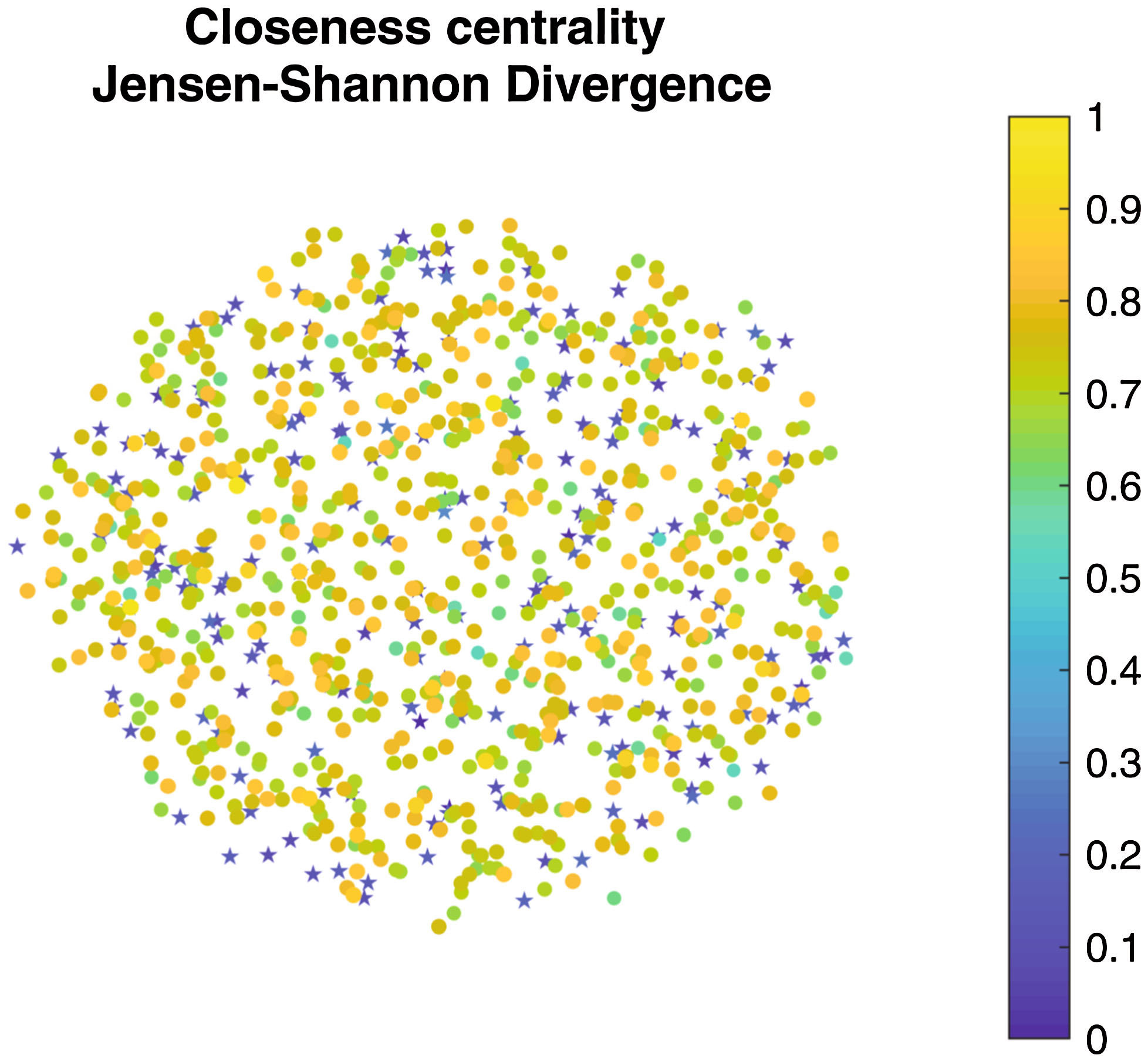EPJ B Highlight - Modelling the brain during pain processing
- Details
- Published on 02 February 2021

Novel approaches in graph theory have enabled researchers to reveal the characteristic configurations of neurons which arise as our brains process pain
The many different sensations our bodies experience are accompanied by deeply complex exchanges of information within the brain, and the feeling of pain is no exception. So far, research has shown how pain intensity can be directly related to specific patterns of oscillation in brain activity, which are altered by the activation and deactivation of the ‘interneurons’ connecting different regions of the brain. However, it remains unclear how the process is affected by ‘inhibitory’ interneurons, which prevent chemical messages from passing between these regions. Through new research published in EPJ B, researchers led by Fernando Montani at Instituto de Física La Plata, Argentina, show that inhibitory interneurons make up 20% of the circuitry in the brain required for pain processing.
The discovery represents a significant advance in researchers’ understanding of how our bodies and brains respond to pain. The underlying circuitry of the pain process involves a specific configuration of interneurons, each of which link specific pairs of regions, or ‘nodes’ within the brain. Crucially, a certain fraction of these neurons will be inhibitory; varying the strengths of the connections they provide. To create a biologically plausible model, Montani and colleagues would first need to consider all possible links between specific pairs of nodes, and determine their relative strengths. Within a structure as complex as the brain, however, it would be virtually impossible to do this by considering each configuration individually.
The researchers overcame this issue using ‘graph theory,’ which studies structures made up of sets of nodes, which influence each other’s behaviours via links of variable strengths. Using a novel statistical approach, they estimated the signals produced by each region of a virtual brain in a given configuration, and how far they diverge from realistic values. From their initial estimates, Montani’s team could then build up a realistic graph by strengthening and weakening the influences of certain links. Their analysis revealed that a configuration where 20% of all interneurons associated with the pain process are inhibitory to information transmission.
Z R De Luise, R Baravalle, O A Rosso, F Montani (2021), Networks configurations of pain: an efficiency characterization of information transmission, European Physical Journal B 94:34, DOI: 10.1140/epjb/s10051-021-00046-6




